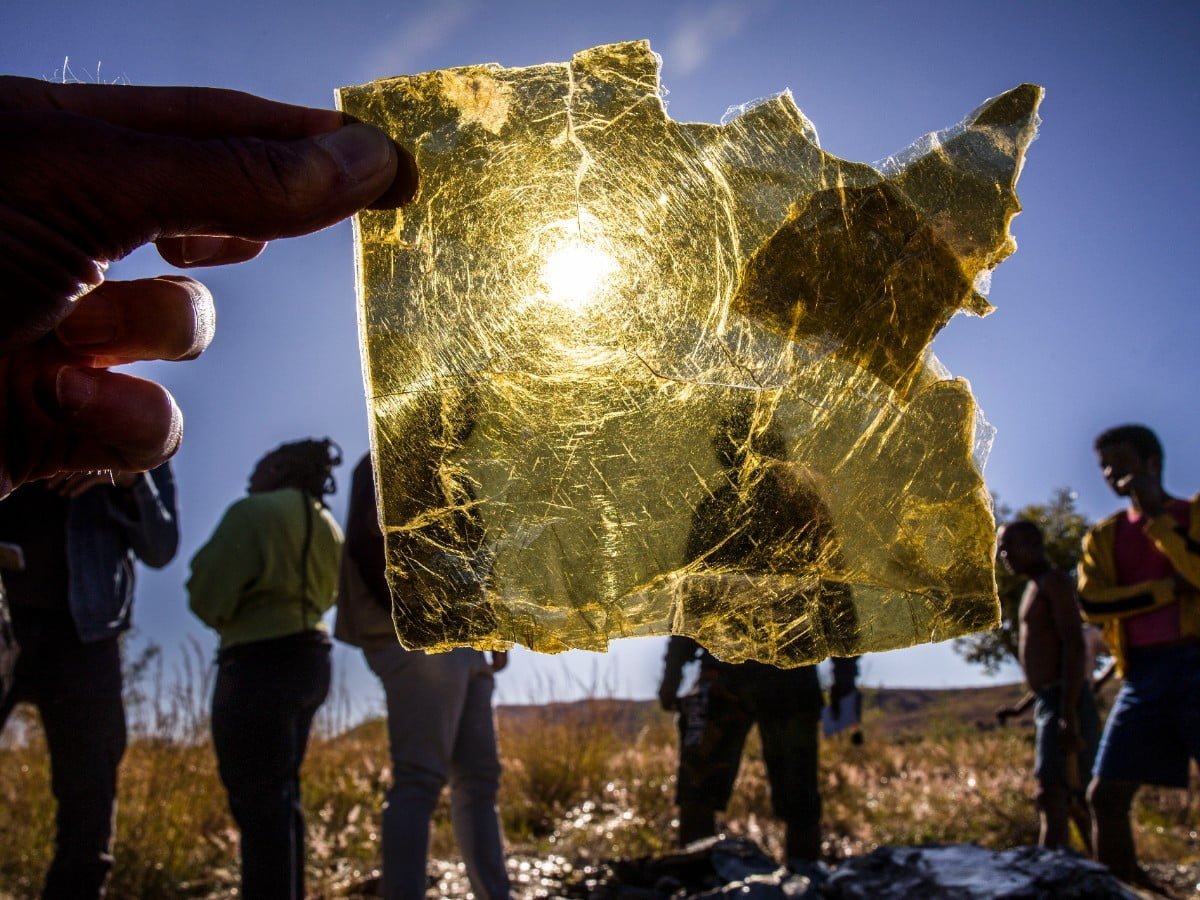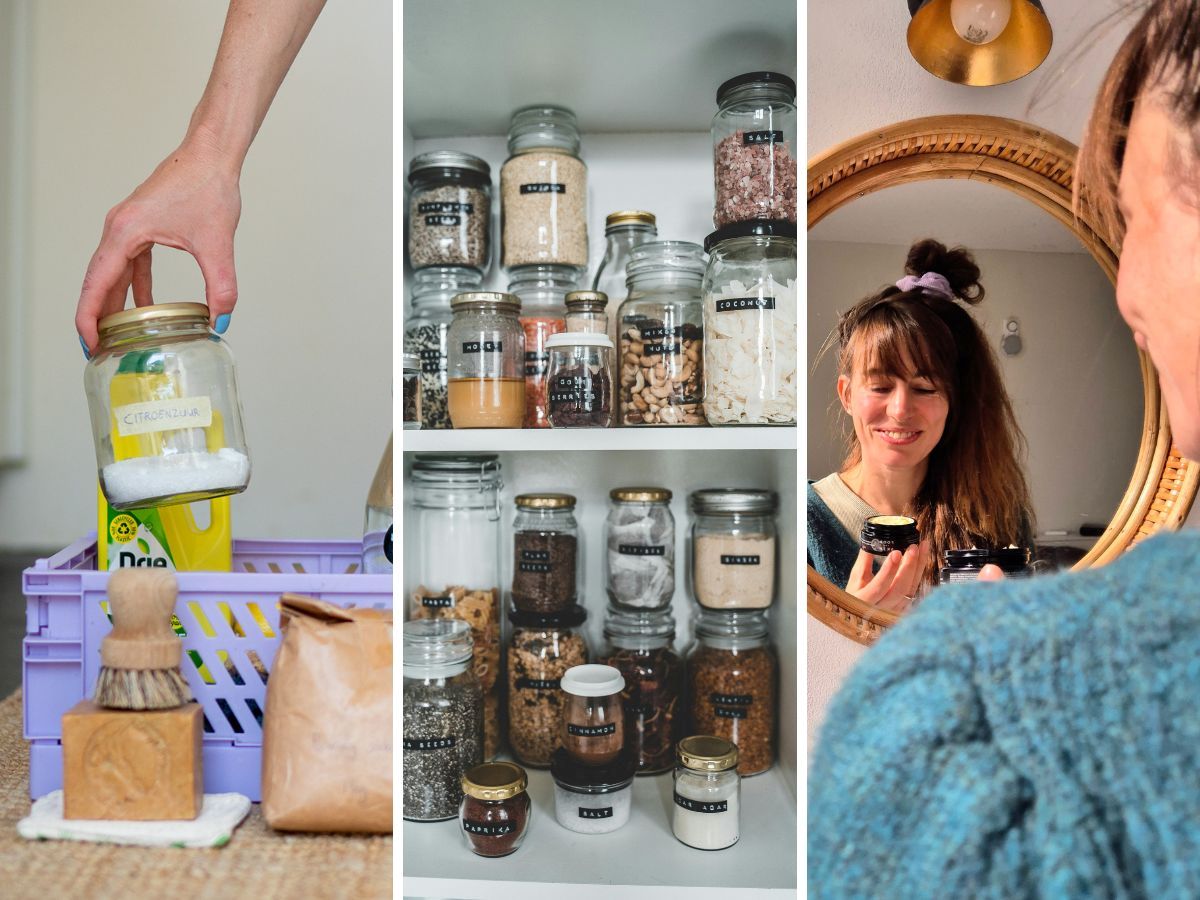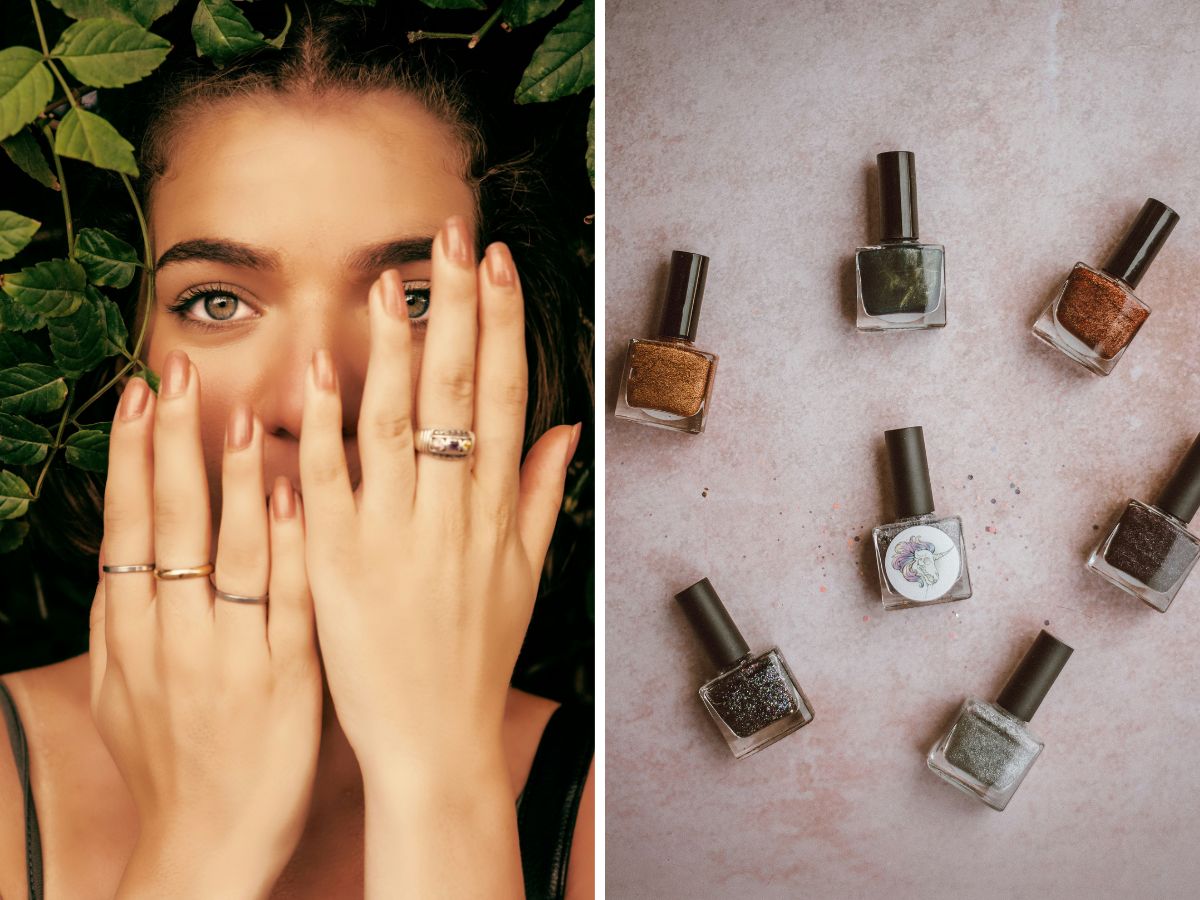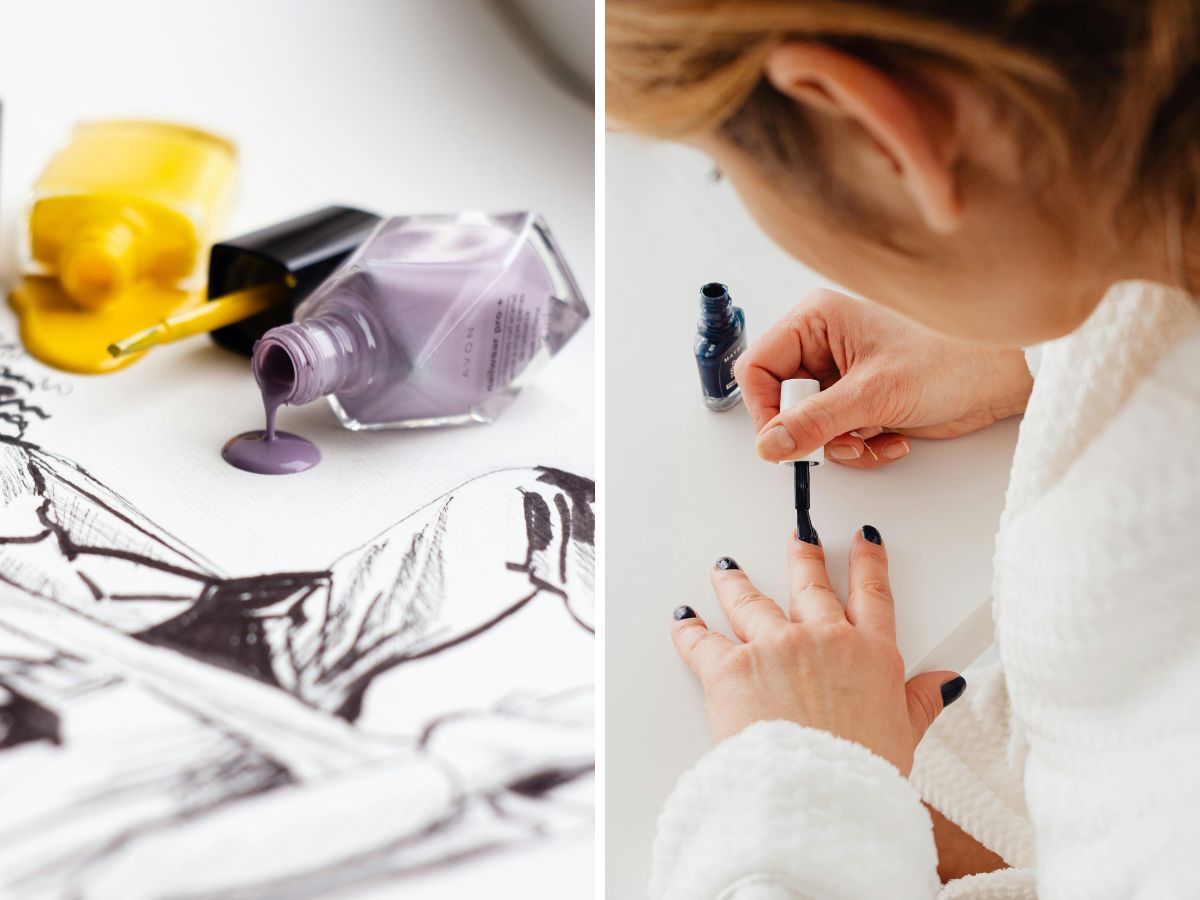Never heard of mica? Then you are not the only one, because very few people know about this wonder mineral. And yet it is in almost everything. Think for instance of soap, conditioner, make-up, car paint and paint. What exactly is mica and what is it used for? Why is this mineral associated with child labour and are there sustainable alternatives? In this article, we explain all about it.
It shimmers and glitters
Mica is a natural material derived from stones, it is often ground into powder before use. This mineral is naturally very shiny, making it extra interesting to put in cosmetics. That pretty gloss from your lipstick? Chances are it comes from mica. Where finely ground mica gives a gloss, coarsely ground it actually provides glitter. Perfect for adding eye shadows, bubble balls or children's make-up involve
Mica: It's in (almost) everything, it seems
But mica is more than that. The mineral can withstand high temperatures, it is quite transparent and hardly reacts with other chemicals. As a result, it is also widely used in the automotive and electronics industries, for example in car paint, circuit boards of computers, laptops and smartphones. I am not exaggerating when I say it is in so many everyday products. The mineral is even - shocker - used in food to make sure the food does not clump. On the product label, you will then find E number 555. Mica may also be used in plastic products that come into contact with food. In short, you have several products in your home with mica anyway. Is that a problem? For that, I will investigate a little further.
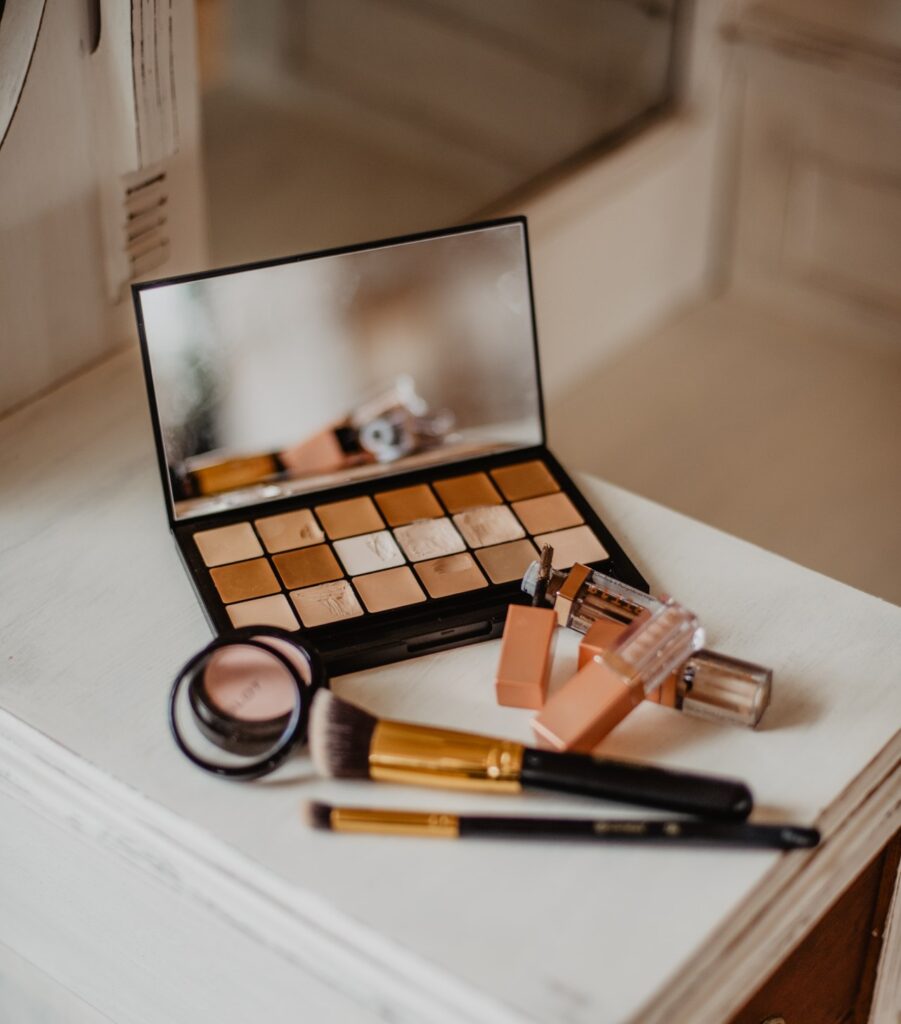
Unfortunately, mica is in a lot of everyday things including make-up.
Mica is associated with harsh conditions and child labour
Mica comes from the other side of the world. It is mainly mined in India, China and Madagascar, but it also comes from Brazil, Pakistan and Sri Lanka. Mining mica is a very labour-intensive process, as the mineral has to be mined by hand from caves and mines. In this process, men dig and build the mine shafts, while women and children also help with the rest of the work.
Together, they carve out long underground tunnels, sometimes more than 125 metres long. In the depths of the mines, the hammer and chisel are then used to chisel the glistening mica out of the walls. This is lifted to the surface, moved and weighed before it can be sold. Some of the women and children also work in the sorting centres, where they further filter mica before it can be exported.


Mica mining at the Ambrosary mine in Madagascar. (Photos: Arie Kievit/ Terre des Hommes.)
Most of these micro mines are illegal, with little government supervision, which also regularly creates dangerous situations. For example, a mine can collapse unexpectedly. In addition, miners constantly inhale a lot of fine dust, leading to lung diseases. Moreover, the work is very heavy, which causes back pain, muscle and arm pain, and regularly causes injuries. Miners carry out their work barefoot and the only light comes from their head lamps. All in all, very harsh working conditions, especially for children. This is also the reason why Terre des Hommes has been (successfully) campaigning for this for years. Children should be able to go to school, play with peers and not inhale toxic fumes on a daily basis while doing very hard work.
Not a valuable product
Despite the fact that mining mica is very labour-intensive, it is not a valuable product at all. It yields around 5 cents per kilo. A pittance. Especially when you consider the high prices at which it is then exported from Madagascar to China. While expensive computers and household appliances are assembled there for worldwide sale, families in Madagascar can, with luck, afford just one evening meal a day. The low price is also one of the reasons why families employ as many family members as possible to help. Because the more mica collected in a day, the higher the yield.


Children at work at a mica mine in Madagascar. (Photos: Arie Kievit/ Terre des Hommes.)
Synthetic mica
Is there a solution? Some kind of eco-friendly mica? This is something that has been experimented with for ages, for example synthetic mica, also known as synthetic fluorophlogopite. This is made in a laboratory through a chemical process. Synthetic mica also creates a shiny result, for example in lipstick and eye shadow. Cosmetics shop Lush, among others, uses this eco-friendly alternative, also stating that the synthetic variant is even purer than the natural one. ‘With synthetic mica, you can add more colour pigment and reflection to your products.’
A perfect solution you would think, but this mica is more expensive, and therefore can only be used if the consumer is also willing to pay more. In addition, it remains very difficult to verify that all synthetic mica is actually fully synthetic, something Lush has also openly published about. Synthetic mica is therefore on the rise, and is being used more and more, but as yet is not a serious alternative to the natural mineral.
Can you do without mica?
As this overview shows, it is quite difficult, if not impossible, to stop using mica. Because this mineral is in literally EVERYTHING. Moreover, many communities in countries like India and Madagascar are completely dependent on their work in the mica mines. They lose their income if they can no longer sell the mineral. But that doesn't mean you can't still be critical when buying your electronic devices and make-up. For instance, you can check with the producer to make sure that your mica is produced in a sustainable, responsible way. Does the producer know where and by whom the raw material is sourced? And can they indicate that they actively cooperate, for instance with local authorities, to improve working conditions?
Some brands have teamed up for this and joined the Responsible Mica Initiative (RMI). Its aim is to establish a fair, responsible and sustainable supply chain in the states of Jharkhand and Bihar in India. This will help create a safe working environment where workers are paid fair wages, safety standards are met and children can go to school.
Currently, people in the mines work for a pittance, while the buyers and industry make the money. The really big change will therefore have to come mainly from the multinationals. They can ensure that workers get a fair price for their mica and that products containing the mineral are free of child labour. Who knows, synthetic mica might be the perfect solution in a few decades, but for now, a fair price would already be a very big step in the right direction.
More sustainable tips from thegreenlist.nl
- Also vegan lipstick is not necessarily a sustainable choice.
- Do you already have PFAS-free pans? Read here why PFAS-free pans are better for the environment and your health..
- Have you ever considered that there are microplastics can be released when washing your clothes?
- Even with a nice wine, there can still be a lot wrong. The good news: Find out how to drink wine more sustainably here.
Sources: What's in what, NOS, Wed, Volkskrant, Terre des Hommes, Lush, Somo, Responsible Mica Initiave, AD.nl. Photo credits: mica mining: Arie Kievit/ Terre des Hommes, make-up: Ema Bauso (Pexels).

